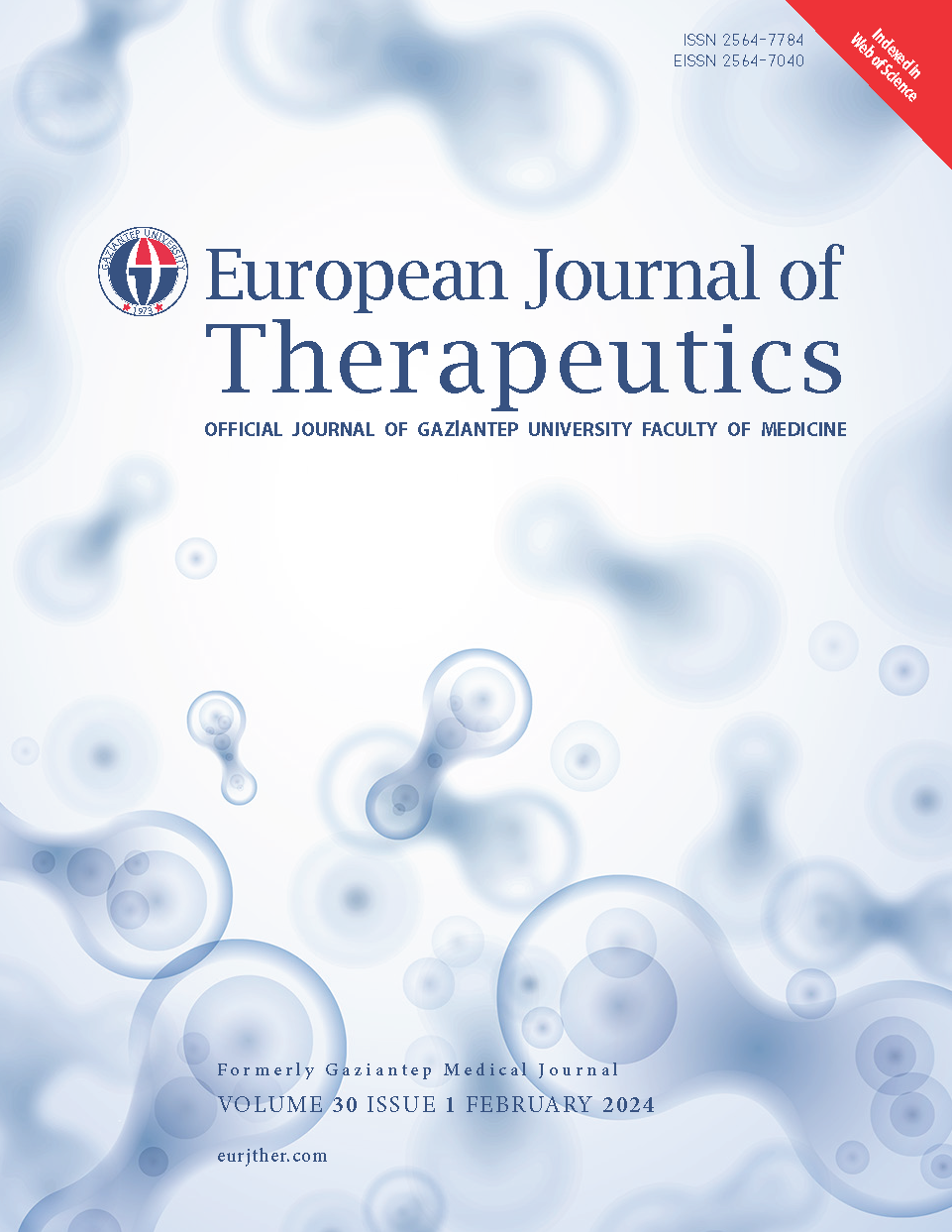The Environmental Impact of Clear Aligners: Is Recycling and Waste Management Controlled?
DOI:
https://doi.org/10.58600/eurjther1984Keywords:
Clear Aligner, thermoplastic materials, plastic wasteAbstract
Dear Editor,
Clear aligner therapy has increasingly gained popularity in recent years [1]. This orthodontic treatment method was first introduced into the literature in the early 20th century. As of 2019, approximately four million individuals were reported to have undergone this treatment, a number that has since risen to over twelve million [2]. Furthermore, the rapid increase in the number of manufacturers producing clear aligners, reaching twenty-seven globally, indicates a swift upward trajectory in these figures [2, 3]. Typically, clear aligner materials include thermoplastic components such as Polyethylene terephthalate glycol (PETG), Polyurethane (PU), and Multilayer aromatic thermoplastic polyurethane/copolyester (TPU) [4].
These thermoplastic materials are preferred for their physical properties [5]. However, what happens to these clear aligners that are used every week? What do individuals do with them after ten days? Considering an average arch length of 10 cm and a width of 4 cm, a single aligner is expected to have a surface area of 40 cm². Both the upper and lower dental arches contain approximately 80 cm² of thermoplastic material. Examining the treatment packages offered by manufacturers reveals an average of 80 aligners for both arches. Excluding the residual thermoplastic from production, the treatment of an average individual involves the production of 640 cm² of thermoplastic. When considering the reported total number of patients worldwide, this suggests the initiation of a significant plastic waste cycle associated with this treatment. In addition to the manufacturing of clear aligners, the models produced by manufacturers or clinicians also constitute a waste product [6]. However, according to the waste legislation of the countries where the manufacturer companies are located, these plastic wastes are controlled according to legal procedures for recycling. For this reason, we think that the outcome of the clear aligners produced in the manufacturing company and reaching the patient through the clinician is more important.
Globally, the environmental pollution caused by plastic materials is reaching dramatic levels [7]. In this context, the development of recycling methods is emphasized as a necessity [8, 9]. While the toxicity of these aligners in individuals has been investigated, there is a lack of literature regarding the post-treatment of these aligners or how these plastics can be recycled. Our main emphasis in the recycling of clear aligners is the uncontrolled disposal into the nature rather than their reusability.
Align Technology company states that they attach importance to the recycling of the materials used in this regard. However, it also states that they have started a plot study with a limited number of clinicians in America and Brazil. In addition, the fact that they are open to suggestions and cooperation on recycling is an indication that concrete steps will be observed in the future [10]. However, we think that such a situation should be considered not only by one manufacturer, but by all stakeholders such as all manufacturers, in-house producers and clinicians. At this point, informative and warning texts and brochures about the recycling of these plastic materials should become widespread and awareness should be raised on the websites of the manufacturers and in the clinics that are the practitioners of these companies. In addition to information, taking these aligners back during the controls or doing the necessary work to recycle them will help this popular treatment method to become more aesthetic and effective as well as more environmentally friendly. Furthermore, these clear aligner materials can be considered as medical waste. At this point, I think that new legal arrangements should be made regarding in-house production or clinics that apply clear aligners.
Kind Regards
Metrics
References
Johal A, Bondemark L (2021) Clear aligner orthodontic treatment: Angle Society of Europe consensus viewpoint. J Orthod 48:300–304. https://doi.org/10.1177/14653125211006423
Tamer İ, Öztaş E, Marşan G (2019) Orthodontic Treatment with Clear Aligners and The Scientific Reality Behind Their Marketing: A Literature Review. Turk J Orthod 32:241–246. https://doi.org/10.5152/TurkJOrthod.2019.18083
Invisalign treatment | Invisalign clear aligners. https://www.invisalign.com/. Accessed 6 Jun 2022
Martina S, Rongo R, Bucci R, et al (2019) In vitro cytotoxicity of different thermoplastic materials for clear aligners. Angle Orthod 89:942–945. https://doi.org/10.2319/091718-674.1
Iijima M, Kohda N, Kawaguchi K, et al (2015) Effects of temperature changes and stress loading on the mechanical and shape memory properties of thermoplastic materials with different glass transition behaviours and crystal structures. Eur J Orthod 37:665–670. https://doi.org/10.1093/ejo/cjv013
Lümkemann N, Klimenta M, Hoffmann M, et al (2023) Dimensional Stability and Reproducibility of Varying FFF Models for Aligners in Comparison to Plaster Models. Materials (Basel) 16:4835. https://doi.org/10.3390/ma16134835
Rhodes CJ (2018) Plastic pollution and potential solutions. Sci Prog 101:207–260. https://doi.org/10.3184/003685018X15294876706211
Peter E, Monisha J, George SA (2023) Bisphenol-A release from thermoplastic clear aligner materials: A systematic review. J Orthod 50:276–286. https://doi.org/10.1177/14653125231160570
Peter E, Monisha J, Ani George S (2022) Are clear aligners environment friendly? Am J Orthod Dentofacial Orthop 161:619–620. https://doi.org/10.1016/j.ajodo.2021.12.012
Stacey S (2023) Aligner sustainability: No clear fit: Align Technology responds. BDJ In Pract 36:6–6. https://doi.org/10.1038/s41404-023-2056-0
Downloads
Published
How to Cite
License
Copyright (c) 2024 European Journal of Therapeutics

This work is licensed under a Creative Commons Attribution-NonCommercial 4.0 International License.
The content of this journal is licensed under a Creative Commons Attribution-NonCommercial 4.0 International License.


















